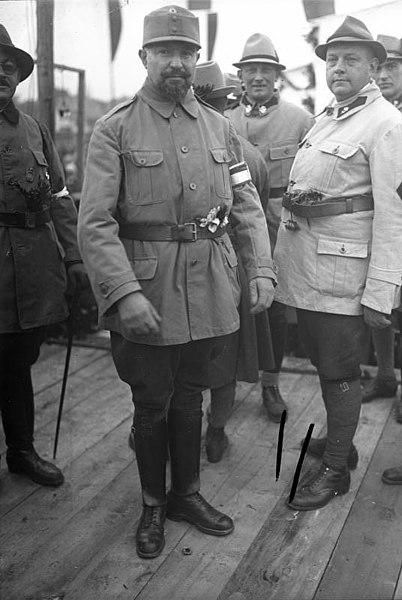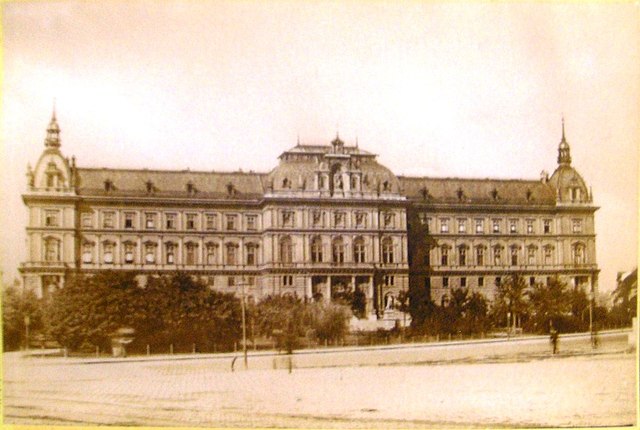The Heimwehr or Heimatschutz was a nationalist, initially paramilitary group that operated in the First Austrian Republic from 1920 to 1936. It was similar in methods, organization, and ideology to the Freikorps in Germany. The Heimwehr was opposed to parliamentary democracy, socialism and Marxism and fought in various skirmishes against left-wing and foreign groups during the 1920s and 1930s. Some of its regional groups also opposed Nazism while others favored it. In spite of its anti-democratic stance, the Heimwehr developed a political wing called the Heimatblock that was close to the conservative Christian Social Party and took part in both the cabinet of Chancellor Carl Vaugoin in 1930 and in Engelbert Dollfuss' right-wing government from 1932 to 1934. In 1936 the Heimwehr was absorbed into what was at the time the only legally permitted political party in Austria, the Fatherland Front, and then later into the Frontmiliz, an amalgamation of militia units that in 1937 became part of Austria's armed forces.

Richard Steidle (with beard)
The Vienna Palace of Justice
Heimwehr march in Wiener Neustadt, 1928
Ernst Rüdiger Starhemberg in Heimwehr uniform.
The First Austrian Republic, officially the Republic of Austria, was created after the signing of the Treaty of Saint-Germain-en-Laye on 10 September 1919—the settlement after the end of World War I which ended the Habsburg rump state of Republic of German-Austria—and ended with the establishment of the Austrofascist Federal State of Austria based upon a dictatorship of Engelbert Dollfuss and the Fatherland's Front in 1934. The Republic's constitution was enacted on 1 October 1920 and amended on 7 December 1929. The republican period was increasingly marked by violent strife between those with left-wing and right-wing views, leading to the July Revolt of 1927 and the Austrian Civil War of 1934.
Heimwehr parade, 1928
Social Democrats celebrating 1 May 1932
25-schilling gold coin, .900 fine
One of the many apartment buildings built in Red Vienna








